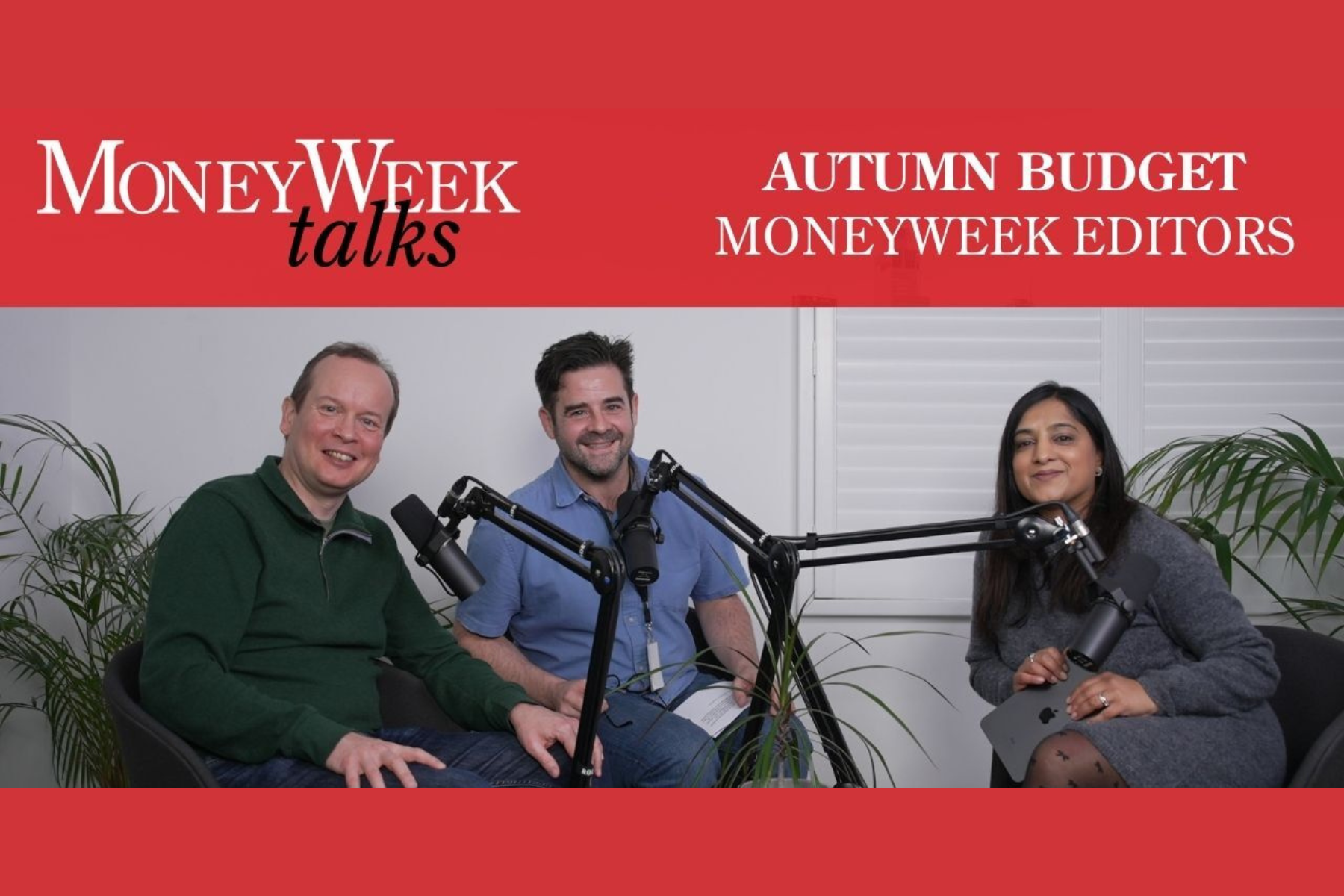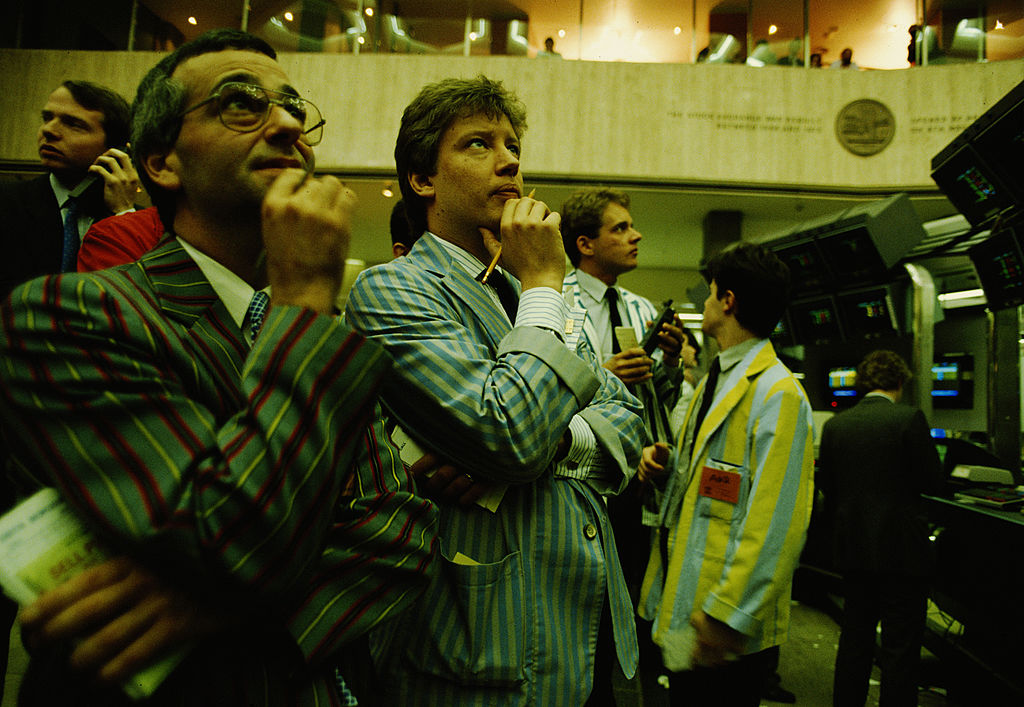Should you put your trust in investment trusts?
British investors have steered clear of investment trusts in recent years. They are missing a trick, says Max King

“Keep faith in UK equities,” advises Scott Evans of the London Business School: “They’ve done well over 70 years.” Over that time, annualised real returns for Treasury Bills (comparable with savings accounts) have been 1.4%; for long-dated gilts, 2.1%; house prices 2.8%, world equities 6.3%, and UK equities 6.5%. UK smaller companies, at 9%, have performed even better, but have lagged in recent years.
Yet unlike US investors, British ones chase after the lowest returns. According to Janus Henderson, cash savings rose £51 billion last year to £2.05 trillion, or 80% of the national debt. Half of defined-benefit pension funds’ assets are invested in bonds, despite yields having risen (and thus values fallen) for four years. According to Abrdn, 50% of personal wealth is invested in property, nearly double the ratio in the US, and just 8% in stock markets. This is the lowest in any G7 country and compares with 33% in the US.
Not only is the vast majority of UK adults’ wealth tied up in perceived “lower-risk” (and therefore lower-return) assets, but UK investors also appear to have a talent for bad timing. Hence the stampede out of UK equities by UK pension funds and insurance companies and relentless selling by private investors. Until a short-term reversal in November, British equity funds had seen 41 consecutive months of outflows.
MoneyWeek
Subscribe to MoneyWeek today and get your first six magazine issues absolutely FREE

Sign up to Money Morning
Don't miss the latest investment and personal finances news, market analysis, plus money-saving tips with our free twice-daily newsletter
Don't miss the latest investment and personal finances news, market analysis, plus money-saving tips with our free twice-daily newsletter
In 2024, the 26% sterling return of US equities beat all others but, Scott points out, the 9.9% return of the UK’s All Share index was higher than the 6.8% for the World ex-US and far ahead of house prices, inflation and gilts. The UK’s small-cap return of 9.5% contradicts prevailing pessimism.
The shrinking UK stock market
Perhaps it is the innate tendency of the British towards pessimism that explains the relentless decline of the stock market. Scott shows that the number of fully listed firms fell from 3,500 in 1955 and 1,700 in 2000 to 820 at the end of 2024, of which 327 were investment companies. New listings in 2024 numbered 18, the lowest since 1987; the previous low of 20 in 2009 was due to the savage bear market in 2008.
Last year, 144 companies left the market, whether by acquisition, delisting, or becoming valueless. This does not include the Aim market. There the number of companies has fallen from a peak of 1,694 in 2007 to 685, and was down 64 in 2024 alone. This is due to persistently disappointing returns of just 2.4% since 1980, compared with 10.5% for the All-Share index.
The aversion of UK investors to taking risks and thereby seeking returns explains the disappointing performance of investment trusts in recent years. This aversion intensifies every time the market has a setback, such as in 2022 when it fell just 12% in six months. The subsequent recovery has been seen as an opportunity to exit before the next setback. In the US, investors keep going through thick and thin.
At first sight, the 8.7% return of the FTSE All-Share Closed End Investments index looks disappointing, although it was ahead of the return of 4.9% in 2023. However, JPMorgan Cazenove (JPM) estimates that 2024’s underlying investment return was 10.2% since the sectors’ discounts widened from 11.5% to 13.8%. (The index excludes the giant £36 billion FTSE 100 constituent 3i, most of whose value is accounted for by discount retailer Action and which trades at a large premium to net asset value, or NAV, at over 50%.) Overall returns disguise a wide range between trusts and sub-sectors. The best-performing sectors were technology and media; North America and global also excelled. The worst were Latin America and renewable energy. JPM records 25 trusts that returned over 30%, including JPM American (33%), Polar Capital Technology (34%), Allianz Technology (38%) and Baillie Gifford US Growth (56%). In private equity, 3i returned 50%, Schiehallion 50% and Seraphim Space 58%.
Polar Capital Global Financials (32%) reflects the strong performance of banks, while Baring Emerging EMEA Opportunities (34%) and JPM EMEA’s (48%) strong performances are due to hopes for a resolution of the Ukraine war and the re-establishment of value for their Russian investments. It would not be the first time that markets were ahead of the media.
Petershill Partners (69%), a fund participating in private equity and hedge funds, tops the list. Losers include property and battery-storage trusts, other renewable-energy funds and BlackRock’s Latin America Trust. The latter looks like a good candidate for a strong recovery in 2025.
JPM estimates £18 billion of outflows from the sector, including £7 billion of share buybacks, versus almost £5 billion of inflows, although JPM notes that inflows and outflows include both sides of mergers. The claim, propagated by Saba Capital Management, that trusts’ Boards are indifferent to widening discounts is totally wrong. Either investors have been selling investment trusts to charge into the US market, or because they are fearful about future returns, but buybacks have failed to stop discounts to NAV narrowing.
In the century to date, JPM notes that total returns have been 330% against 225% for the FTSE AllShare. Over ten years, returns were 115% vs 82%. The numbers, either in 2024 or over the long term, provide no reason for UK investors to be selling. Should they turn buyers, discounts would narrow, perhaps sharply, and the compounding effect of good market returns and narrowing discounts would produce exceptional returns. This, in turn, would encourage new investors, share issuance and an end to buybacks. Unfortunately, given the tendency of UK investors to buy at the high and sell at the low, it would probably also signal that a market peak was in sight.
This article was first published in MoneyWeek's magazine. Enjoy exclusive early access to news, opinion and analysis from our team of financial experts with a MoneyWeek subscription.
Get the latest financial news, insights and expert analysis from our award-winning MoneyWeek team, to help you understand what really matters when it comes to your finances.

Max has an Economics degree from the University of Cambridge and is a chartered accountant. He worked at Investec Asset Management for 12 years, managing multi-asset funds investing in internally and externally managed funds, including investment trusts. This included a fund of investment trusts which grew to £120m+. Max has managed ten investment trusts (winning many awards) and sat on the boards of three trusts – two directorships are still active.
After 39 years in financial services, including 30 as a professional fund manager, Max took semi-retirement in 2017. Max has been a MoneyWeek columnist since 2016 writing about investment funds and more generally on markets online, plus occasional opinion pieces. He also writes for the Investment Trust Handbook each year and has contributed to The Daily Telegraph and other publications. See here for details of current investments held by Max.
-
 How much would it cost you to buy a house in Great Britain's happiest places?
How much would it cost you to buy a house in Great Britain's happiest places?Average asking prices for a property in the happiest place in Britain are below the national average
-
 How the Budget will hurt you: MoneyWeek Talks
How the Budget will hurt you: MoneyWeek TalksPodcast An Autumn budget podcast special episode, featuring MoneyWeek editors Kalpana Fitzpatrick, Andrew van Sickle and Cris Heaton.
-
 Big Short investor Michael Burry closes hedge fund Scion Capital
Big Short investor Michael Burry closes hedge fund Scion CapitalProfile Michael Burry rightly bet against the US mortgage market before the 2008 crisis. Now he is worried about the AI boom
-
 The global defence boom has moved beyond Europe – here’s how to profit
The global defence boom has moved beyond Europe – here’s how to profitOpinion Tom Bailey, head of research for the Future of Defence Indo-Pac ex-China UCITS ETF, picks three defence stocks where he'd put his money
-
 Profit from a return to the office with Workspace
Profit from a return to the office with WorkspaceWorkspace is an unloved play on the real estate investment trust sector as demand for flexible office space rises
-
 New frontiers: the future of cybersecurity and how to invest
New frontiers: the future of cybersecurity and how to investMatthew Partridge reviews the key trends in the cybersecurity sector and how to profit
-
 An “existential crisis” for investment trusts? We’ve heard it all before in the 70s
An “existential crisis” for investment trusts? We’ve heard it all before in the 70sOpinion Those fearing for the future of investment trusts should remember what happened 50 years ago, says Max King
-
 8 of the best properties for sale with wildlife ponds
8 of the best properties for sale with wildlife pondsThe best properties for sale with wildlife ponds – from a 16th-century house in the Ashdown Forest, to a property on Pembrokeshire’s Preseli Hills
-
 Why a copper crunch is looming
Why a copper crunch is loomingMiners are not investing in new copper supply despite rising demand from electrification of the economy, says Cris Sholto Heaton
-
 Where to look for Christmas gifts for collectors
Where to look for Christmas gifts for collectors“Buy now” marketplaces are rich hunting grounds when it comes to buying Christmas gifts for collectors, says Chris Carter
